Now it is possible to get a Takumar 6X7 150mm F2.8 lens for an attractive price. However, it does not seem to be as popular as its later replacement 165mm F2.8 lens which is widely considered to be more cutting-edge.
Nevertheless, if you start looking for information about these lenses, you will discover much more information on the good old Takumar 6X7 150mm F2.8, which might create an impression that while everyone likes a 165mm F2.8 lens, they still prefer to buy a 150mm one.
I got hold of the latter much later than of the 165mm lens, and in this post, I would be comparing both lenses.
Size and weight
Takumar 6X7 150mm F2.8 is comparable in terms of its size with a 135mm F4 Macro lens, and is 6mm shorter than a 165mm F2.8 lens. It is also 140g heavier than a 135mm lens and 70g lighter than a 165mm F2.8 lens, having a total weight of about 770g.
This makes a 150mm lens not an ideal option for handheld shots, especially when framing vertical images. So, the minimum shutter speed of 1/250 is required for handheld shots with this lens, ideally combining it with a mirror lockup. However, it is somewhat more convenient to handle this lens than a 165mm F2.8 one.
Close focusing
At a minimum focusing distance of 1.5m, it ensures near the same magnification ratio as the 105mm F2.4 at 1.0m and 165mm F2.8 at 1.6m distance. In these shooting conditions, the lens gets slower by -0.34EV.
For a tight portrait, extension tube #1 is required.
Together with focusing at a minimum distance, it is desirable to adjust the exposure by 0.5EV. I also do this while shooting at a minimum distance without extension tubes.
Field of view
The field of view of the 150mm lens is 33°, which is 3° less than the FoV of a 135mm lens and 3° more than the FoV of a 165mm one. Actually, the FoV of a 150mm lens suits my style of taking portraits a bit more than a 165mm lens.
Despite the fact that the minimum focusing distance of a 150mm lens is just 10cm shorter than that of a 165mm lens, this factor coupled with a slightly wider field of view makes the process of shooting with a 150mm lens rather similar to shooting with a 135mm one. This allows me to keep a closer distance to the model at the same magnification ratio as for a 165mm lens.
Aperture
Takumar 6X7 150mm F2.8 has a 9-blade aperture, identical to the one used in the famous 105mm F2.4 — both of them went into production in 1969, making a kit of “must-have” lenses for portrait photographers.
Although a 150mm lens is intended for shooting with a wide-open aperture, such an aperture configuration is great for making a smooth bokeh when the lens is stopped down by 1-2 f-stops.
Filters
The lens has a 67mm filter thread which works fine with both screw-in and dedicated 6X7 bayonet mount filters.
Hood
The modern clip-on plastic hood PH-SA 67mm (or earlier 6X7 bayonet mount metal hood) costs around $90, which is a real rip-off, in my view. But, as a bonus, it is also a standard hood for a 135mm F4 Macro lens, and also may be used even with a 105mm F2.4 lens without making dark corners.
So, if you have all these lenses and the price does not put you off, this hood would be definitely worth buying. As a cheaper solution, I can recommend a metal screw-in hood for just $3 which also does the job quite well.
Bokeh effect
Being wide open, a 150mm lens creates a noticeable swirly bokeh effect in the distant background when focused to a distance of 1.5-3m, but this effect is absent in a 165mm F2.8 lens. Overall, not everyone is a fan of a swirly bokeh effect, but I am of the opinion that the bokeh of a 150mm lens looks more quaint/unconventional than that of a 165mm lens, which is rather too “accurate” to my taste. And while the swirly bokeh effect looks good on some pictures and not so good on others, it, nevertheless, makes a 150mm lens stand out from its analogs in other medium format systems.
Summary
The 150mm and 165mm lenses in essence fulfil the same role of portrait lenses. For illustrative purposes, I decided to compare them side by side in the table below.
| Takumar 6X7 150mm F2.8 | Pentax 67 165mm F2.8 | |
|---|---|---|
| 35mm equivalent | 77mm | 85mm |
| Formula | 5 elements in 5 groups | 6 elements in 5 groups |
| Aperture | 9 blades | 10 blades |
| Field of view | 33° 26.3° |
30° 24° |
| Close distance | 1.5m | 1.6m |
| Magnification | 0.13× | 0.13× |
| Length | 92mm | 99mm |
| Weight | 0.77kg | 0.84kg |
| Hood | PH-SA 67mm | Built-in |
One can have an impression from this table that these lenses are similar and that it might just be easier to buy a cheaper option. But in fact, the difference between them is quite significant.
The biggest difference between these lenses is, probably, the loss of sharpness from center to corner of a 150mm lens is much greater than in a 165mm F2.8, which is sharper when wide open.
In this sense, a Takumar 6X7 150mm lens at F2.8 (being wide open or at wide-open aperture, maximum aperture) is more of a “portrait” lens than a 165mm one and is a better fit for a waist up portrait rather than a full-body headshot, especially for composing the image with the model closer to the center. Obviously, if this lens is stopped down to f5.6-8, then the difference between these two lenses will not be so visible.
One more feature of a Takumar 6X7 150mm F2.8 lens, which is worth mentioning, is noticeable vignetting at a wide-open aperture, which is almost completely absent in a 165mm F2.8 lens.
To sum up, I would describe a 150mm lens as rather “portrait-only” while a 165mm one as a general-purpose fast lens. If you prefer a lens with “an attitude”, to which you need to find an approach, then you should opt for a 150mm lens. But if you want to be more confident in your final result or make it more predictable, I would definitely recommend a 165mm lens.
Takumar 6X7 150mm F2.8 lens data
- Focal length: 150mm
- 35mm equivalent: 77mm
- Aperture: 2.8 ~ 22 (9 blades)
- Close distance: 1.5m
- Magnification: 0.13×
- Picture area: 55×43cm
- Exposure factor: ×1.27 (+0.34EV)
- Effective lens speed: 3.2 ~ 24.8
- Optical formula: 5 elements, 5 groups
- Field of view: 33°/26.3° (Diagonal/Horizontal)
- Filter: 67mm, screw-in and bayonet
- Hood: Built-in
- Case: S120-150
- Dimensions: 92×92mm
- Weight: 0.77kg
Takumar 6X7 150mm F2.8 resources
- Review at PentaxForums.com
- More sample images at Flickr.com
- 150mm vs 165mm lenses discussion
P.S.
Thanks for reading! I would be very grateful if you point out my possible mistakes, add extra information, or just share your experience. Scroll down to the Leave a reply section and share your thoughts about it. Your opinion is important for me. I enjoy answering your questions as the answers may often benefit many other readers and the process of answering allows me to better piece together my existing knowledge and find ideas to improve my articles.
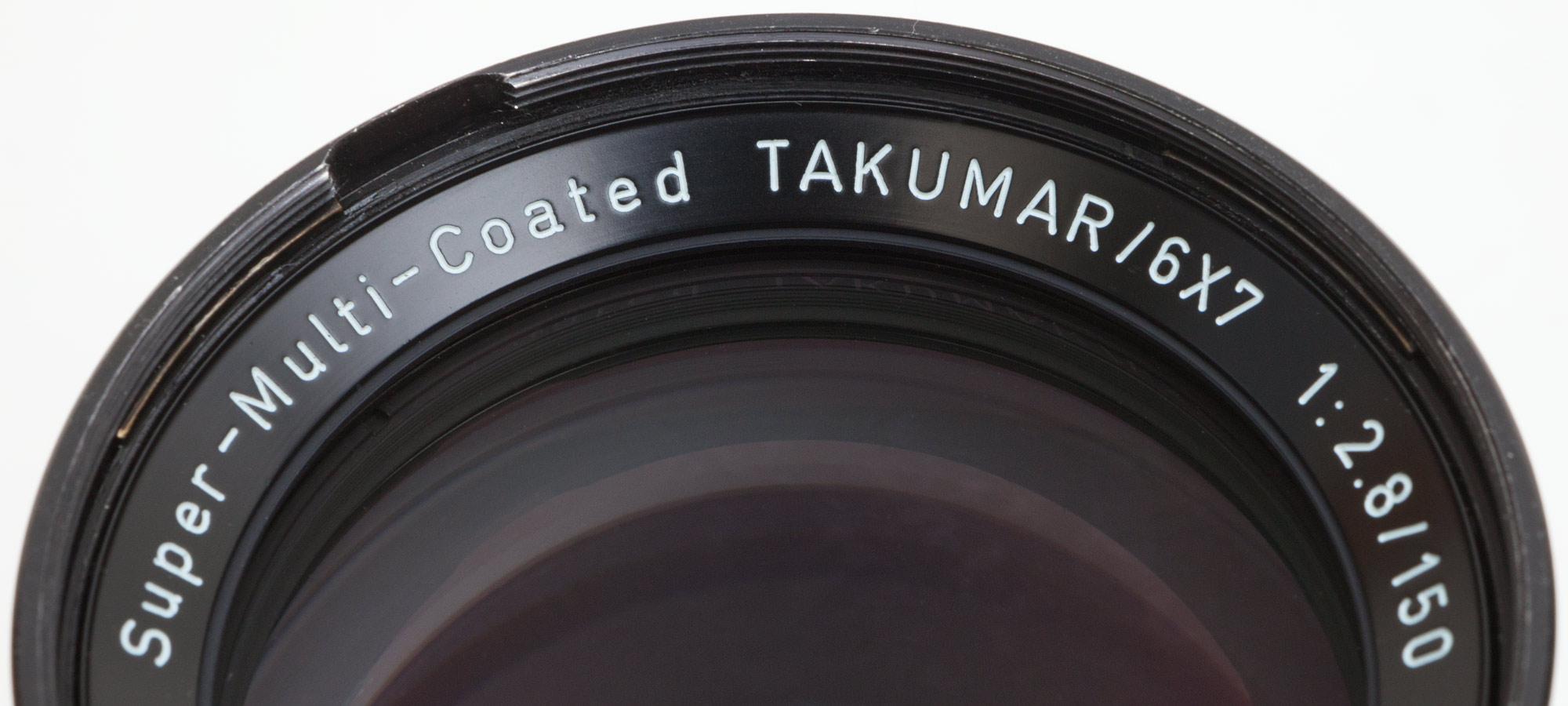



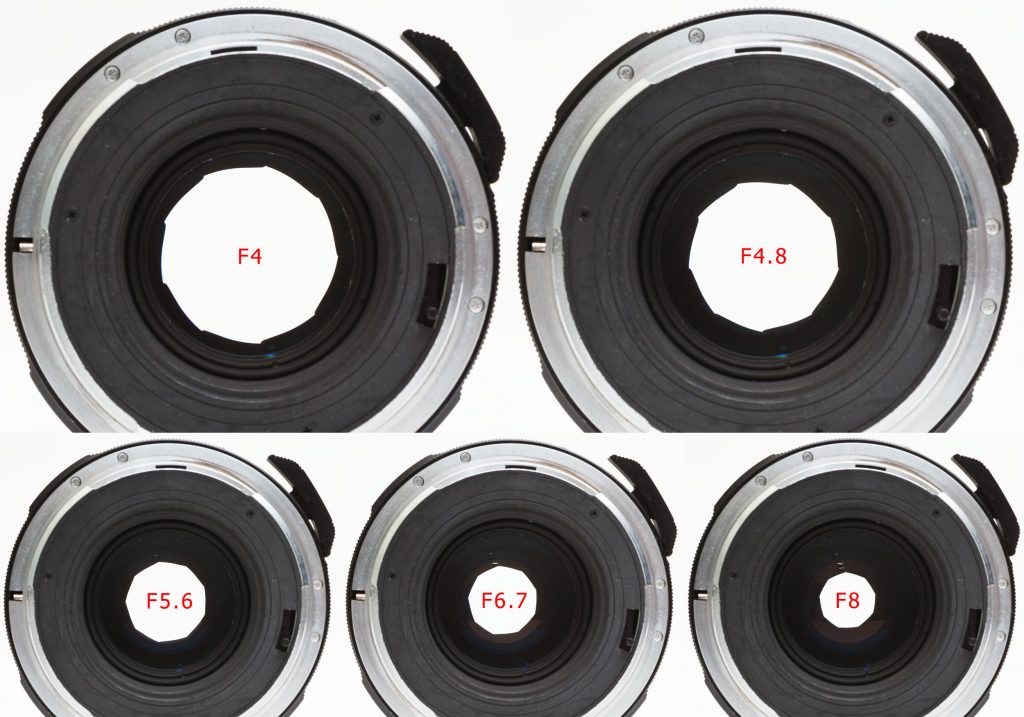
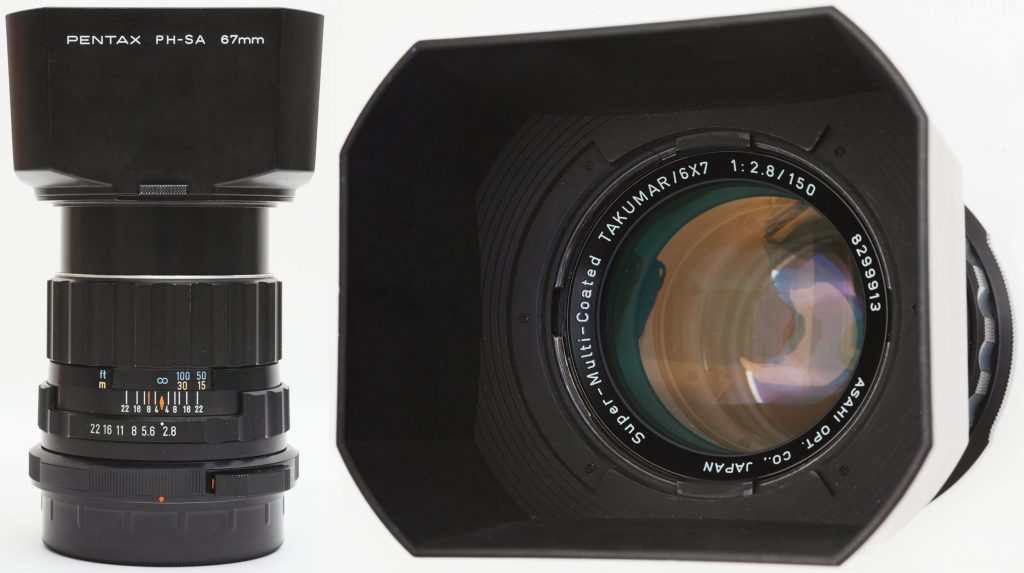
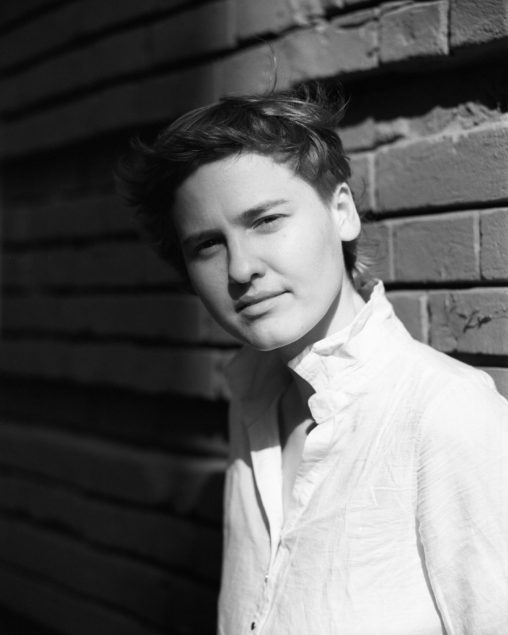
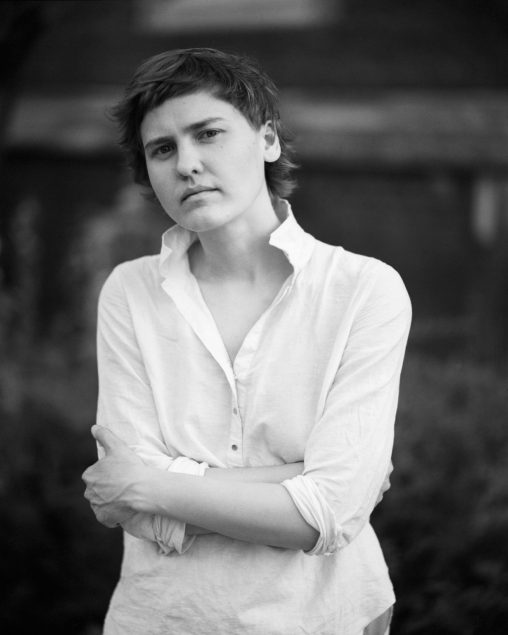
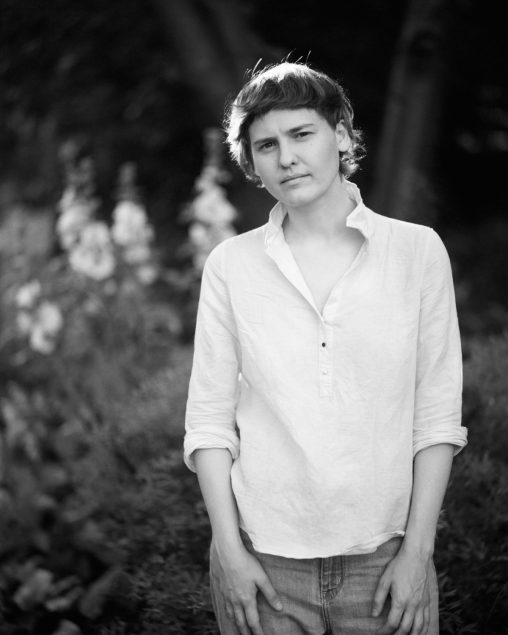
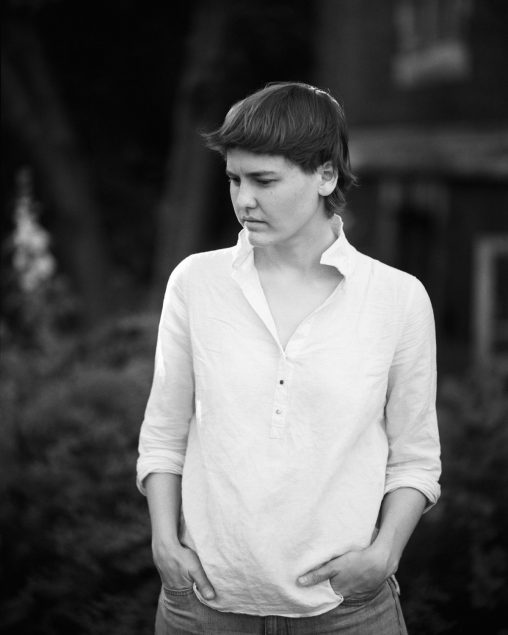



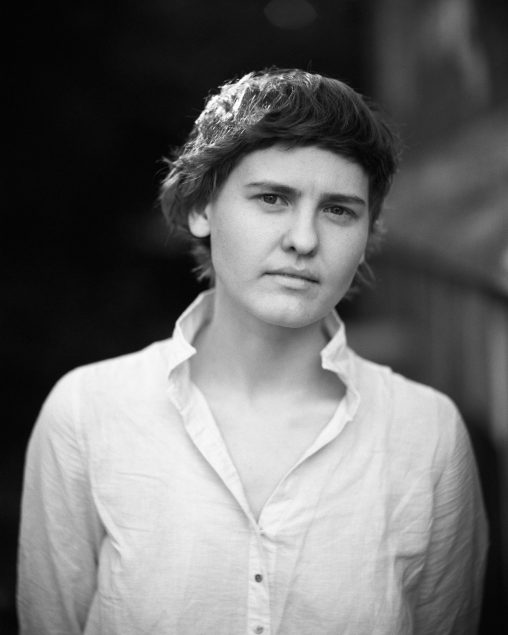



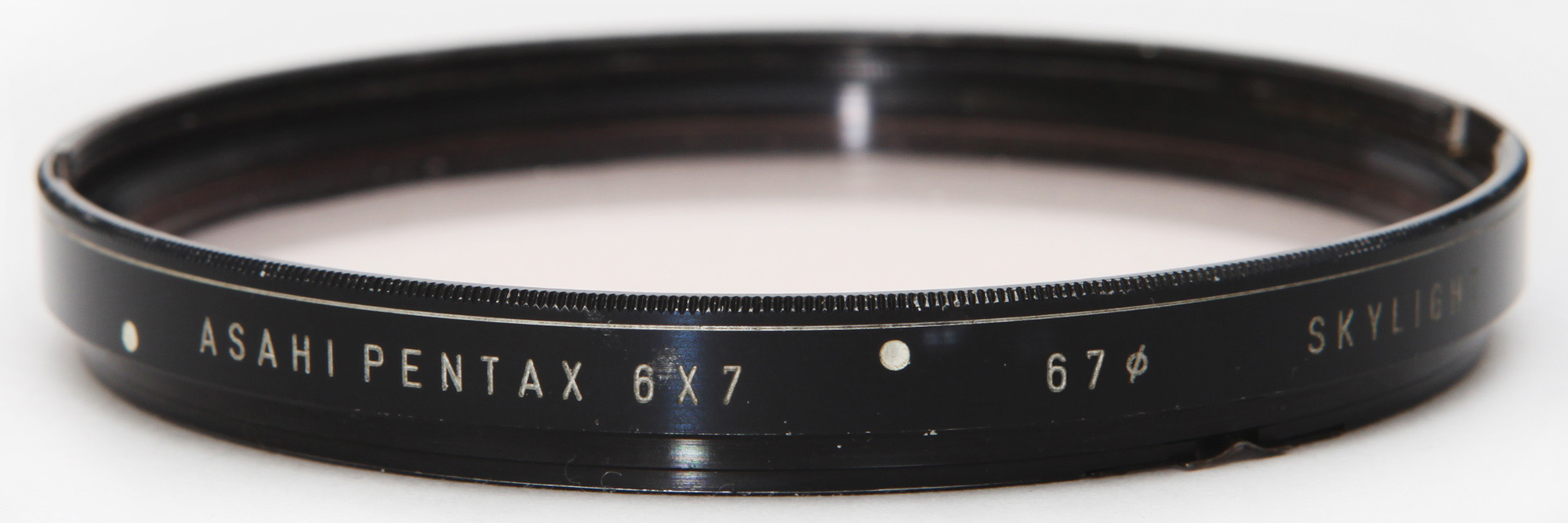
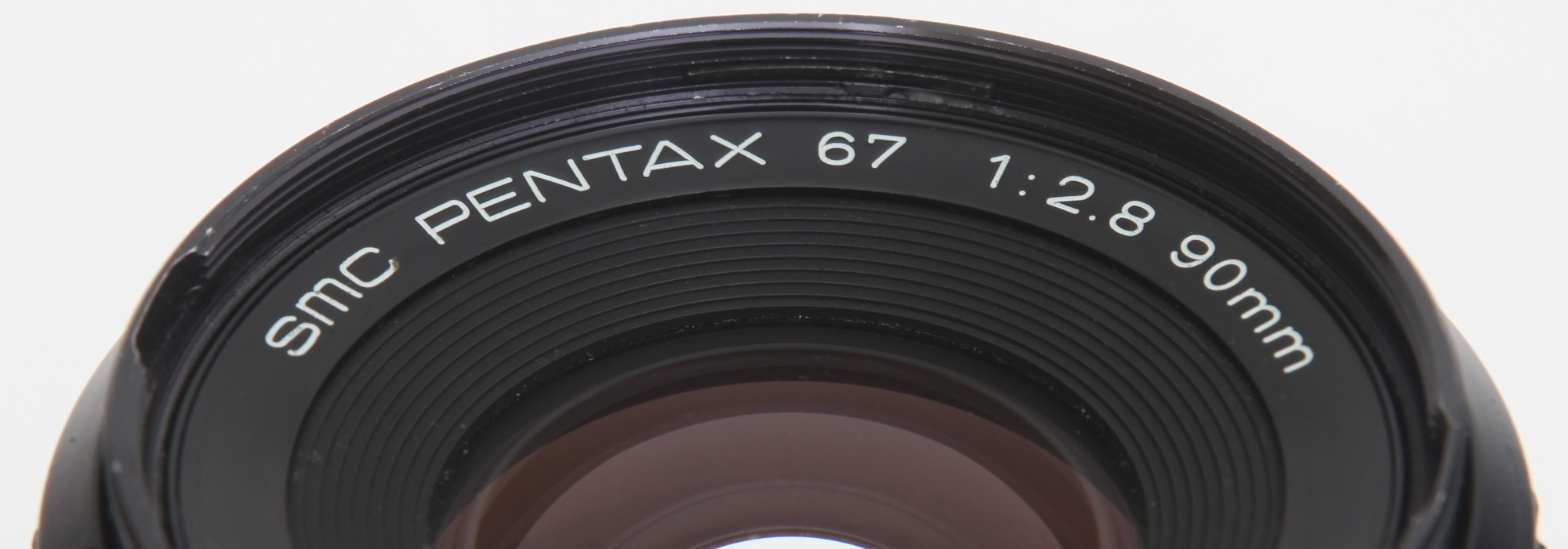

Alan
I have the latter Pentax 150mm 3.5 M lens that has the built in metal sliding lens hood it is very similar to the Pentax 135mm 3.5 M lens it is very hard to tell the two lenses apart
Sasha Krasnov
But Pentax 67 150mm F2.8 and Pentax-M 150mm F3.5 are completely different lenses with their own optical formulas.